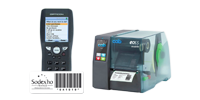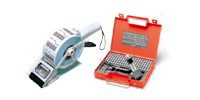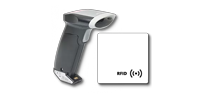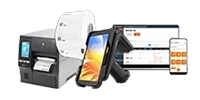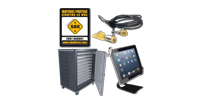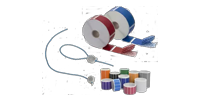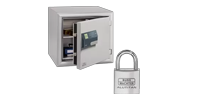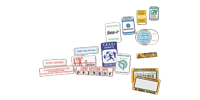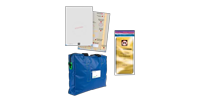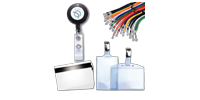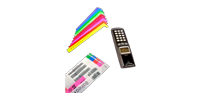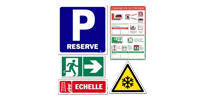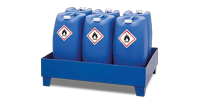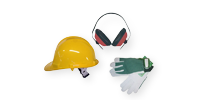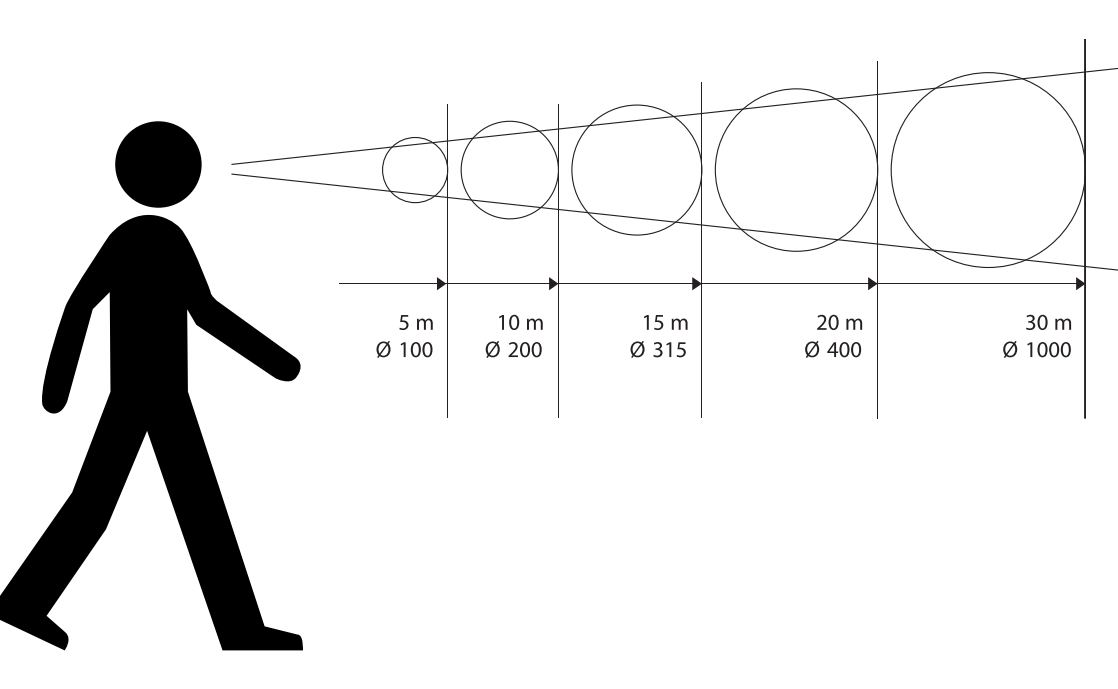In recent years, the term "iso standard" has tended to emerge, particularly in relation to ISO 9001. ISO standards are diverse and varied and cover a wide range of standardised concepts to protect users by conforming manufacturers to strict restrictions on manufacture and use. Due to globalisation, the ISO organisation wishes to standardise and unify rules to ensure safety.
The ISO 7010 standard: who wrote it?
The ISO 7010 standard is a standard approved at the European level to homogenise the appearance of safety signs, which was first published in 2003. This standard is regularly updated and the last one was published in March 2020.
ISO standards are produced by groups of international experts who form a technical committee. This committee defines the scope, key definitions and content of a given concept, in our case: safety signs. The development of the standard does not come from the International Standardization Organization. Indeed, this organisation does issue standards but this is done following a request made by industry or any other relevant and competent stakeholder (e.g. consumer associations).
ISO standards are not considered to be laws and do not have to be applied. They are intended to meet the needs of a market and are in principle voluntary. However, standards can become mandatory in a country. Indeed, the decree of 2 August 2013 clearly states that signs on French territory must comply with the NF EN ISO 7010 standard. (Annex II; article; source: legifrance.gouv.fr)
What is the ISO standard?
The ISO standard deals with the harmonisation of safety messages to ensure that they are understood by everyone, regardless of language, culture and environment.
The ISO NF EN 7010 standard aims to regulate the graphic symbols, colours, shapes and sizes of building signs. The purpose of standardizing and understanding safety signs is to prevent accidents, fight fires, inform about health risks and facilitate emergency evacuation. In short, ISO 7010 aims to protect and secure people in potentially dangerous areas.
ISO 7010 specifies original safety signs that can be reduced or enlarged for reproduction and application purposes.
Who is affected by ISO 7010?
The text of ISO 7010 states: "[It] ’applies to all places and sectors where issues relating to the safety of people are likely to arise. It is not, however, applicable to signalling used in rail, road, inland waterway, maritime and air traffic, nor in general to those sectors which are subject to regulations which may differ in certain respects from this document and the NF ISO 3864 series of standards. ISO 7010 specifies original safety signs that can be reduced or enlarged for reproduction and application purposes.
It should therefore be understood that all businesses and establishments receiving the public (ERP) are subject to the 7010 standard, since 1 January 2014, and this since the order decreed in August 2013. This means that all signs prior to 1 January 2014 must comply with the NF X 08-003 standard or the ISO 7010-version 2013.
Signs after this date must therefore comply with the standard set by ISO.
Shape, size and self-explanatory pictograms according to ISO 7010
The ISO standard specifies the shape, colour and symbol that safety signs should have in the company, as well as their size, which will depend on the reading distance.
The size of the safety sign is related to the distance at which it must be visible. The diagram opposite illustrates the possible sizes of pictograms that comply with the European directives to the maximum.
Colour and shape are extremely important for identification and safety. Some colours warn of an immediate danger to cause reflections to avoid it. The combination of colour and shape conveys a message. For example, a red circle is used for prohibition, a yellow triangle indicates a hazard and a green square indicates the location of escape routes or first aid equipment.
The messages on the signs are categorised into 5 families:
- Evacuation (E): this referent is for any evacuation sign: emergency exit, safety location or room or safety action such as emergency phone, safety shower...
- Fire fighting equipment (F): fire fighting signs conform to this referent: fire extinguisher, fire door...
- Mandatory (M): referent concerning any mandatory action sign: wearing of gloves or visor, dog on a lead...
- Prohibition (P): this round, crossed-out referent applies to prohibition signs: no picnic, do not touch...
- Warning (W): Danger signs should have this triangular referent: radioactive material, biological risks...
The letter in brackets is part of the reference number in the ISO standard table. Example:
| Visuel | Numéro de référence | Message de sécurité |
|---|---|---|
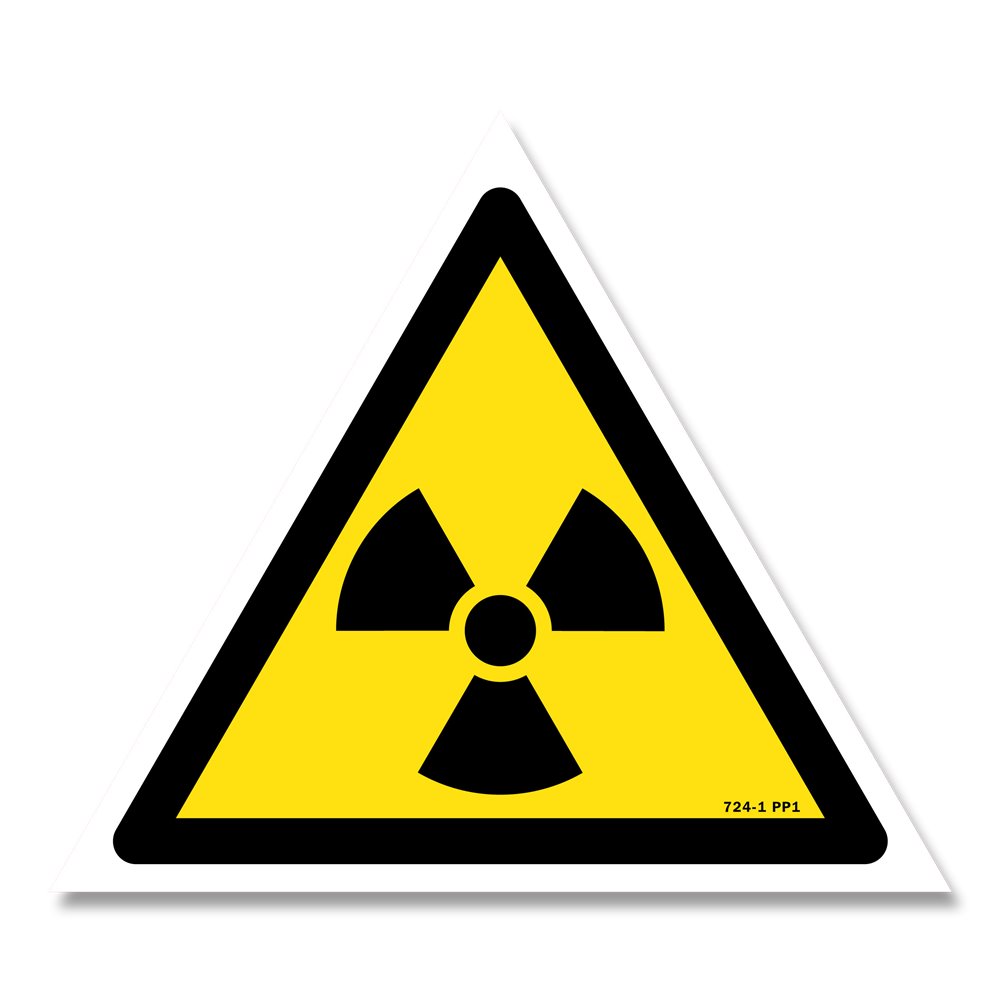 |
ISO 7010-W003 | Produits radioactifs; danger |

